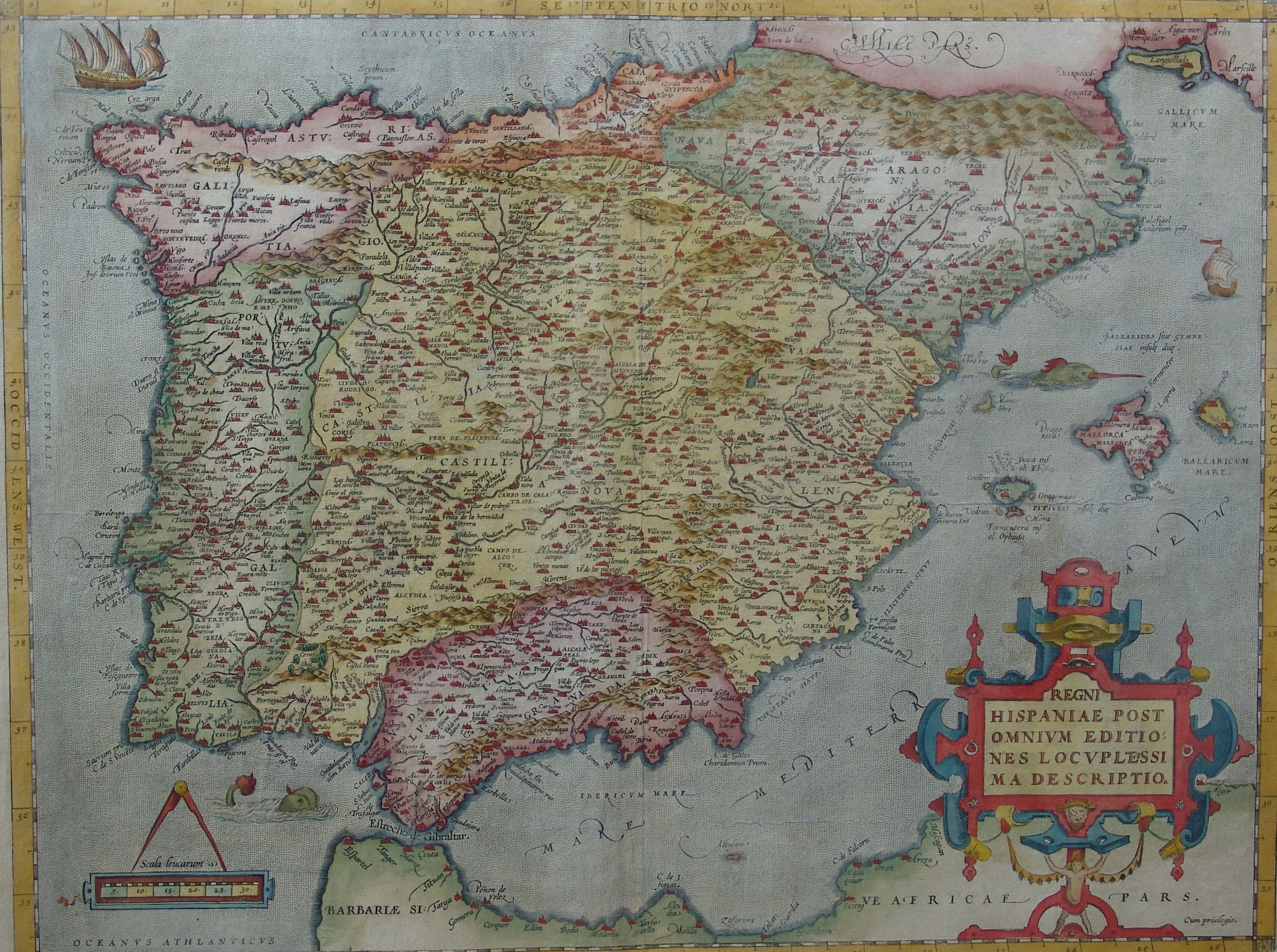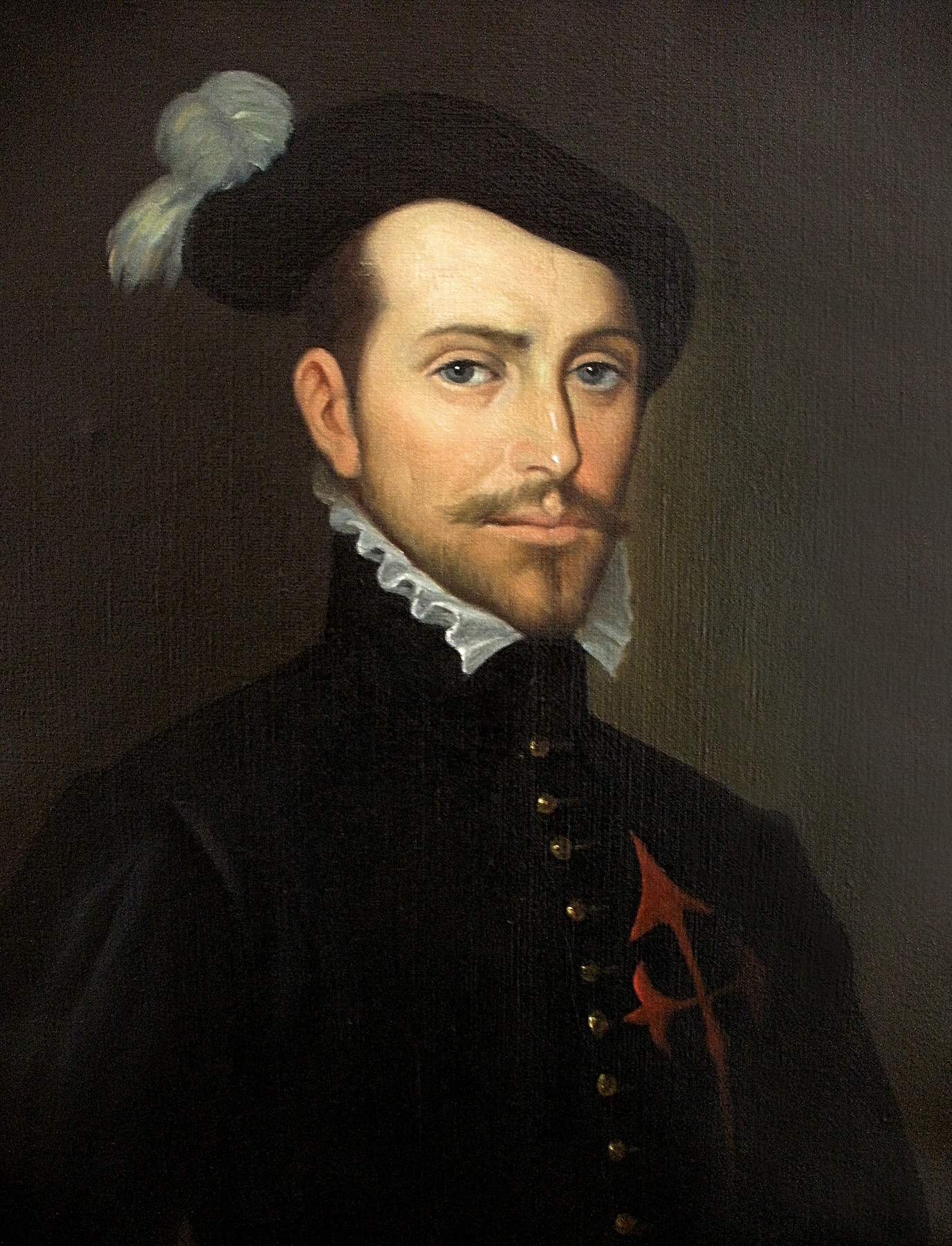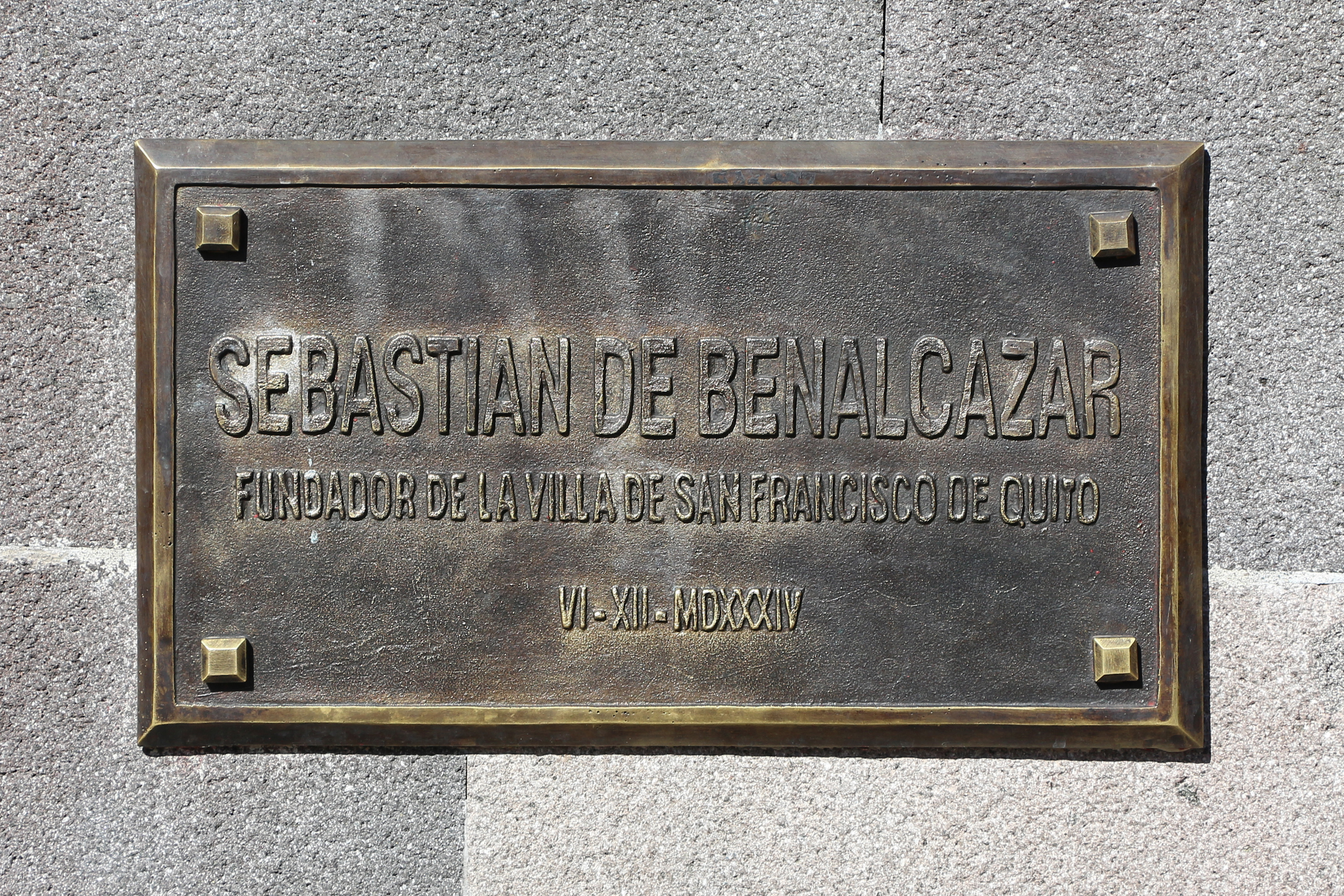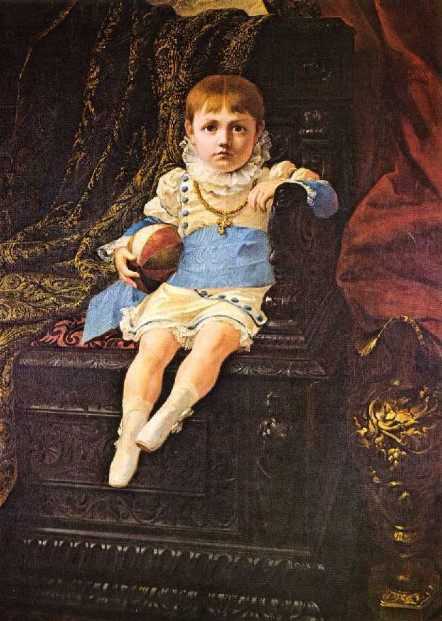|
History Of The Jews In Ecuador
The history of the Jews in Ecuador dates back to the 16th and 17th centuries, when Sephardic Jews began arriving from Spain and Portugal as a result of the Spanish Inquisition. Ecuadorian Jews are members of a small Jewish community in the territory of today's Ecuador, and they form one of the smallest Jewish communities in South America. History Early years The first Jews began to arrive in Ecuador in the 16th and 17th centuries. From 1580 to 1640, when Spain and Portugal were united in the Iberian Union, King Philip II of Spain was the only heir to the throne. During this time, many Portuguese were "suspicious of their faith", so the Jews began to enter the Viceroyalty of Peru, a newly founded colony where Inquisition surveillance was weaker. As a result of the Iberian Union, much of Spanish America was ruled by one crown during this period of sixty years. During this time, the Portuguese spread Christianity as they arrived in the dominions of Spanish America, and the ter ... [...More Info...] [...Related Items...] OR: [Wikipedia] [Google] [Baidu] |
Iberian Union
pt, União Ibérica , conventional_long_name =Iberian Union , common_name = , year_start = 1580 , date_start = 25 August , life_span = 1580–1640 , event_start = War of the Portuguese Succession , event_end = Portuguese Restoration War , date_end = 1 December , year_end = 1640 , p1 = History of Portugal (1415–1578)Kingdom of Portugal , flag_p1 = Flag of Portugal (1578).svg , p2 = Crown of Castile , flag_p2 = Royal Banner of the Crown of Castile (Early Style)-Variant.svg , p3 = Crown of Aragon , flag_p3 = Royal Banner of Aragón.svg , p4 = Habsburg Spain , flag_p4 = Flag of Cross of Burgundy.svg , s1 = History of Portugal (1640–1777)Kingdom of Portugal , flag_s1 = Flag of Portugal (1640).svg , s2 = Habsburg Spain , flag_s2 = Flag of Cross of Burgundy.svg , image_coat = Full Ornamented Coat of Arms of Philip II of Spain (1580-1598).svg , image_map = Philip II's realms in 1598.png , imag ... [...More Info...] [...Related Items...] OR: [Wikipedia] [Google] [Baidu] |
Peru
, image_flag = Flag of Peru.svg , image_coat = Escudo nacional del Perú.svg , other_symbol = Great Seal of the State , other_symbol_type = Seal (emblem), National seal , national_motto = "Firm and Happy for the Union" , national_anthem = "National Anthem of Peru" , march = "March of Flags" , image_map = PER orthographic.svg , map_caption = , image_map2 = , capital = Lima , coordinates = , largest_city = capital , official_languages = Peruvian Spanish, Spanish , languages_type = Co-official languages , languages = , ethnic_groups = , ethnic_groups_year = 2017 , demonym = Peruvians, Peruvian , government_type = Unitary state, Unitary Semi-presidential system, semi-presidential republic , leader_title1 = President of Peru, President ... [...More Info...] [...Related Items...] OR: [Wikipedia] [Google] [Baidu] |
Chordeleg
Chordeleg () is a town and parish and seat of Chordeleg Canton, Azuay Province, Ecuador Ecuador ( ; ; Quechua: ''Ikwayur''; Shuar: ''Ecuador'' or ''Ekuatur''), officially the Republic of Ecuador ( es, República del Ecuador, which literally translates as "Republic of the Equator"; Quechua: ''Ikwadur Ripuwlika''; Shuar: ''Eku .... The parish covers an area of and according to the 2001 Ecuadorian census it had a population total of 5,478. Chordeleg is well known for its jewelry industry, especially gold and silver filigree jewelry. See also For more details, see the Wikipedia in Spanish. Cantón Chordeleg References {{Parishes of Azuay Province Populated places in Azuay Province Parishes of Ecuador ... [...More Info...] [...Related Items...] OR: [Wikipedia] [Google] [Baidu] |
Zaruma
Zaruma, officially Villa Real de San Antonio del Cerro de Oro de Zaruma is a town in the south of Ecuador, El Oro Province. It is located in the south-east of this province, at an altitude of 1200 metres above sea level, on an inter-Andes route where the Vizcaya mountain range branches off from the Chilla mountain range. It is the seat of Zaruma Canton, one of the oldest cantons in the province. Zaruma is known for its republic-era architecture, gold mines, culture and traditions, art and coffee and for having been founded by Spanish explorer Alonso de Mercadillo. These attributes have led to its receiving various titles celebrating both its tangible and intangible aspects, and in 1998 the Ecuadorian Institute for Cultural Heritage submitted it as a candidate UNESCO World Heritage Site. Zaruma was named a ''Pueblo Mágico'' (magical town) by the Ecuadorian Ministry of Tourism (MINTUR) in 2019. It is one of five communities across the country that inaugurated the programme that y ... [...More Info...] [...Related Items...] OR: [Wikipedia] [Google] [Baidu] |
Calacalí
Calacalí is a rural parish of Quito Canton, Pichincha Province, Ecuador. It is northwest of Casitagua Volcano and southwest of Pululagua Volcano. In the central square of Calacalí there is an equator monument. A similar, larger equator monument is in Ciudad Mitad del Mundo The Ciudad Mitad del Mundo (, ''Middle of the World City'') is a tract of land owned by the prefecture of the province of Pichincha, Ecuador. It is located at San Antonio parish of the canton of Quito, north of the center of Quito. The groun .... Calacalí is the first village of the eastern end of a road known as Carretera Calacalí-La Independencia. {{DEFAULTSORT:Calacali Parishes of Quito Canton ... [...More Info...] [...Related Items...] OR: [Wikipedia] [Google] [Baidu] |
Pedro De Alvarado
Pedro de Alvarado (; c. 1485 – 4 July 1541) was a Spanish conquistador and governor of Guatemala.Lovell, Lutz and Swezey 1984, p. 461. He participated in the conquest of Cuba, in Juan de Grijalva's exploration of the coasts of the Yucatán Peninsula and the Gulf of Mexico, and in the conquest of the Aztec Empire led by Hernán Cortés. He is considered the conquistador of much of Central America, including Guatemala, Honduras and El Salvador. Character and appearance Pedro de Alvarado was flamboyant and charismatic, and was both a brilliant military commander and a cruel, hardened man. His hair and beard were red, which reminded the Aztecs of their sun-god (often painted red) Tōnatiuh. He was handsome, and presented an affable appearance, but was volatile and quick to anger.Burland 1973, p. 216. He was ruthless in his dealings with the indigenous peoples he set out to conquer. Historians judge that his greed drove him to excessive cruelty,Recinos 1986, p. 205. and his ... [...More Info...] [...Related Items...] OR: [Wikipedia] [Google] [Baidu] |
Sebastián De Belalcázar
Sebastián de Belalcázar (; 1479/1480 – 1551) was a Spanish conquistador. De Belalcázar, also written as de Benalcázar, is known as the founder of important early colonial cities in the northwestern part of South America; Quito in 1534 and Cali, Pasto and Popayán in 1537. De Belalcázar led expeditions in present-day Ecuador and Colombia and died of natural causes after being sentenced to death in Cartagena, at the Caribbean coast in 1551. Early life He was born as Sebastián Moyano in the province of Córdoba, Spain, in either 1479 or 1480. He took the name Belalcázar as that was the name of the castle-town near to his birthplace in Córdoba. According to various sources, he may have left for the New World with Christopher Columbus as early as 1498. Americas He was an encomendero in Panama in 1522. He entered Nicaragua with Francisco Hernández de Córdoba in 1524 during the conquest of Nicaragua, and became the first mayor of the city of León in Nicaragua. He ... [...More Info...] [...Related Items...] OR: [Wikipedia] [Google] [Baidu] |
Cuenca, Ecuador
Santa Ana de los Cuatro Ríos de Cuenca, commonly referred to as Cuenca (Kichwa language, Kichwa: ''Tumipampa'') is the capital and largest city of the Azuay Province of Ecuador. Cuenca is located in the highland (geography), highlands of Ecuador at about above sea level, with an urban population of approximately 329,928 and 661,685 inhabitants in the larger metropolitan area. The center of the city is listed as a UNESCO World Heritage Site due to its many historical buildings and its historical importance as an agricultural and administrative center. History “The plateau is a place treasured by empires," comments Jeffrey Herlihy-Mera. "The Cañari then Inca and then Spanish occupied the region in the last two millennia, each renaming it in their own language. Now the capital city is called Cuenca and the province Azuay.” According to studies and archeological discoveries, the origins of the first inhabitants go back to the year 8060 BC in the Cave of Chopsi. They were hu ... [...More Info...] [...Related Items...] OR: [Wikipedia] [Google] [Baidu] |
Sephardim
Sephardic (or Sephardi) Jews (, ; lad, Djudíos Sefardíes), also ''Sepharadim'' , Modern Hebrew: ''Sfaradim'', Tiberian: Səp̄āraddîm, also , ''Ye'hude Sepharad'', lit. "The Jews of Spain", es, Judíos sefardíes (or ), pt, Judeus sefarditas or Hispanic Jews, are a Jewish diaspora population associated with the Iberian Peninsula. The term, which is derived from the Hebrew ''Sepharad'' (), can also refer to the Mizrahi Jews of Western Asia and North Africa, who were also influenced by Sephardic law and customs. Many Iberian Jewish exiles also later sought refuge in Mizrahi Jewish communities, resulting in integration with those communities. The Jewish communities of the Iberian Peninsula prospered for centuries under the Muslim reign of Al-Andalus following the Umayyad conquest of Hispania, but their fortunes began to decline with the Christian ''Reconquista'' campaign to retake Spain. In 1492, the Alhambra Decree by the Catholic Monarchs of Spain called for the expulsi ... [...More Info...] [...Related Items...] OR: [Wikipedia] [Google] [Baidu] |
Loja, Ecuador
Loja (), formerly Loxa and fully City of the Immaculate Conception of Loja ( es, Ciudad de la Inmaculada Concepción de Loja), is the capital of Ecuador's Loja Province. It is located in the Cuxibamba valley in the south of the country, sharing borders with the provinces of Zamora-Chinchipe and El Oro, and with Peru in the south. Loja holds a rich tradition in the arts, and for this reason is known as the Music and Cultural Capital of Ecuador. The city is home to two major universities. The city has a population of about 181,000, and is situated 2060 m (6758 ft) above sea level. It has a mild Andean climate, ranging between 16 and 30 °C. The Pan-American Highway runs past Loja. History The city of Loja was colonized by Field Marshal Alonso de Mercadillo in 1548, and it is named for his hometown of Loja in Spain. Originally located near La Toma in the Catamayo canyon since 1546, the city was relocated to its present location (about 35 km east) after a ... [...More Info...] [...Related Items...] OR: [Wikipedia] [Google] [Baidu] |
John IV Of Portugal
John IV ( pt, João, ; 19 March 1604 – 6 November 1656), nicknamed John the Restorer ( pt, João, o Restaurador), was the King of Portugal whose reign, lasting from 1640 until his death, began the Portuguese restoration of independence from Habsburg Spanish rule. His accession established the House of Braganza on the Portuguese throne, and marked the end of the 60-year-old Iberian Union by which Portugal and Spain shared the same monarch. Before becoming king, he was John II, 8th Duke of Braganza. He was the grandson of Catherine, Duchess of Braganza, a claimant to the crown during the Portuguese succession crisis of 1580. On the eve of his death in 1656, the Portuguese Empire was at its territorial zenith, spanning the globe. Early life John IV was born at Vila Viçosa and succeeded his father Teodósio II as Duke of Braganza when the latter died insane in 1630. He married Luisa de Guzmán (1613–66), eldest daughter of Juan Manuel Pérez de Guzmán, 8th Duke of Medin ... [...More Info...] [...Related Items...] OR: [Wikipedia] [Google] [Baidu] |




.jpg)


